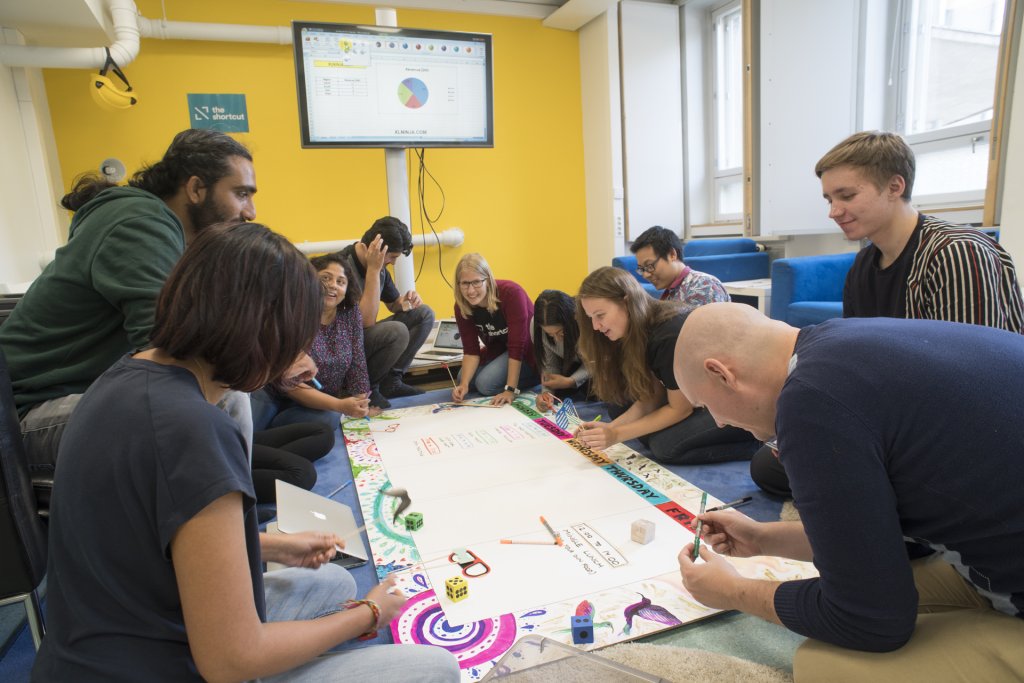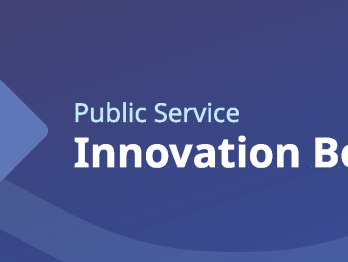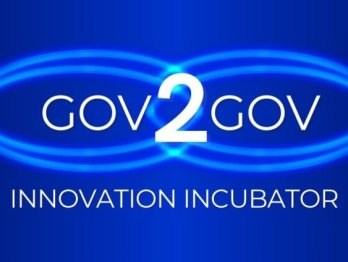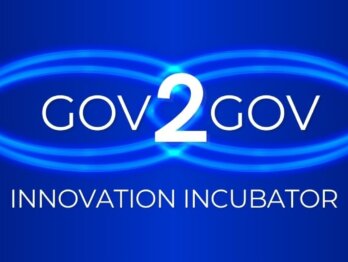Towards an anticipatory innovation governance model in Finland

Intermediary report launch
Over the past year the Observatory of Public Sector Innovation (OPSI) has worked together with the Government of Finland and the European Commission to build an anticipatory innovation governance model. As part of the work, the OECD assessed the current public policy steering system of Finland and its anticipatory capacity – the first results of the work are presented in a report accompanying the blog.

Building an anticipatory innovation governance model
First, why does government need better “anticipation”? The answer is simple. The nature of the issues that governments are confronted with today is volatile, uncertain, complex, and ambiguous. Think of global security threats, pandemics, technology development, or ageing societies. Governments cannot stand still and wait for things to happen to them – they need to prepare for what is coming next, continuously identify, test, and implement innovative solutions to benefit from future opportunities, while reducing the risks through increased resilience of their public systems. This practice is what we have come to refer to as “anticipatory innovation”.
Do we need a new model in government for that? A switch towards an anticipatory innovation governance system is needed where government both creates knowledge about trends and possibilities, and also innovates based on that information. A governance model that encourages anticipatory innovation will require innovation to be built in to the administrative system to allow for continuous identification, testing and dissemination of innovations. This is especially true for systems intended to shape uncertain futures through innovative practice.
OPSI has been very privileged to work together with the Government of Finland and the European Commission to collectively advance this topic and develop a new model of governance that puts anticipatory innovation at its core.
Over the course of 18 months, the OECD carried out interviews and focus groups with experts and stakeholders to build up a comprehensive picture of how the Finnish government sees and prepares for the future. We concentrated on core themes like:
- Citizens, trust and participation
- Futures and foresight; budget and resources
- Experimentation; individual and organisational capacity
- Policy cycles and continuity of reforms and coordination across government.
Based on the analysis we are happy to present the first results of the preliminary assessment of the Finnish policy steering system and how it incorporates anticipatory innovation in its functions.

Findings of the assessment report
Government structures and operations are traditionally geared to respond to clear-cut challenges rather than tackling grand challenges of a complex and uncertain nature. Classic government steering mechanisms often respond to narrow sectoral logics, fail to acknowledge the complexity and interdependence of policy issues and focus on immediate needs rather than allowing for exploration of future challenge (and opportunities).

The conducted research highlighted in the report shows that supporting anticipatory innovation activities in Finland requires a fundamental re-thinking of the policy steering mechanisms and structures. This includes changes in how governments:
- Use futures and foresight knowledge. The use of strategic foresight in government appears to suffer from a set of individual, collective and institutional limitations that prevent the use of high-quality futures knowledge in policy making (i.e., the foresight impact gap). Overcoming this requires building up the government’s futures literacy and setting up appropriate structures to integrate strategic foresight within core strategic processes, innovation, and experimentation. Furthermore, the roles and responsibilities of the different strategic foresight actors within the system should be clarified.
- Consider policy alternatives and involve citizens in these processes. This will require public servants to acquire facilitation skills to work with citizen input, and design open and inclusive policy processes to counter expert bias and groupthink. Furthermore, room for considering alternative solutions and experiments needs to be created in strategic policy making processes.
- Realign strategic, budgetary, and legal steering systems to allow for the exploration of policy alternatives and complex problems. The conducted research indicates that often strategic, budgetary and legal steering mechanisms act as challenges to future-oriented exploration and policy development in Finland. For example, the current budget emerges as one of the major factors inhibiting addressing policy phenomena as complex problems. Regulatory processes are perceived as limiting agile and iterative ways of experimenting with emerging issues, while strategic processes are seen as not offering enough actionable future-seeking moments or as overprescribing solutions up front.
- Counter silos in government. The research in Finland shows that organisational barriers are still a major obstacle for anticipatory innovation. Tackling this will require increasing mobility across silos and new collaborative architectures (e.g., phenomenon-based taskforces).
- Adopt new anticipatory innovation approaches and tools (e.g., stress-testing existing policies). This requires going beyond the reliance on individuals for experimentation and innovation efforts in government and expanding the toolbox connected to anticipatory innovation in the Government of Finland. This needs to be coupled with developing leadership skills and capacities that create demand for anticipation and setting up additional support structures and practices in organisations to develop signal reading and anticipatory policy making skills.

- Allow for the cross-government exploration of issues to preserve continuity of reforms while creating space for iterative and experimental approaches. Most complex policy issues cannot be tackled in a 4-year government term. In some areas like climate change, natural resource management, socio-economic reforms etc., changes need to be considered decades in advance to make a real difference. The work shows a need to account for the chronological distance between developing visions for alternative futures and their implementation which often spans across several policy cycles. Anticipatory mechanisms could help bridge this gap by reducing time-to-implementation of policies (e.g., through constant iteration and testing). To assure the continuity in development, mechanisms are needed that allow to continue policy exploration and development across policy cycles supported by new evaluation and measurement procedures.
What next?
“I have sometimes been asking this question: if our governance system of Finland had never been invented, what kind of system would we invent now?”
– Senior executive in the Government of Finland
In the following stage of the project, the OECD will support pilots in Finland in four different areas: (1) how to work across government and build anticipatory ecosystems in the area of continuous learning; (2) how to take futures and foresight knowledge on board in fiscal planning connected to green transition and carbon neutrality; (3) how to integrate anticipation into budgeting in the area of children, youth and family policy; and (4) what roles do politicians and civil servants play in the anticipatory innovation governance model placed on dialogue methods.
All the cases will test out different aspects of the anticipatory innovation governance model and the assessment report findings. The aim of the pilots is to provide actionable tools and methods across the challenge areas identified in the current assessment and demonstrate the possible routes to make the system more anticipatory in nature. The results will feed into the final report of the OECD expected in June 2022, in which the improved model of anticipatory innovation governance will be presented.
How can I get involved?
While this report focuses on the governance context in Finland, the work aims to inform countries in how to build up their own anticipatory innovation governance systems and can thus inform you about the types of potential challenges you may face in your journey. To read more about the assessment in Finland, you can access the full report here.
If you are interested in OPSI’s work on anticipatory innovation governance, please contact us at [email protected].









